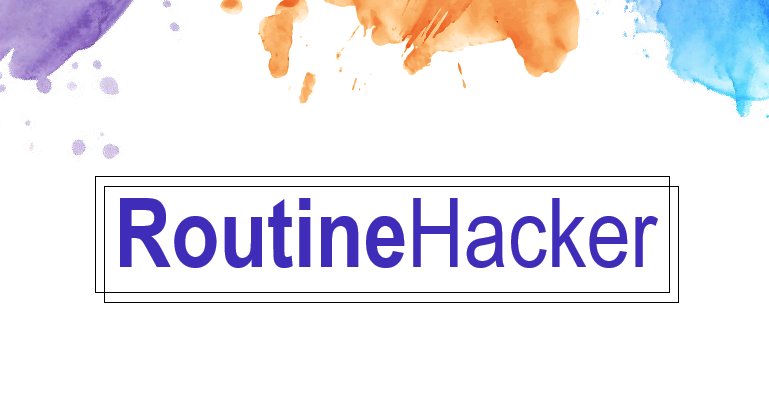Wellness Tip:
Get Emotionally Fit 💪
Did you know emotional fitness was a thing? We didn’t either—until we heard psychologist Dr. Emily Anhalt break down her morning routine (see below), and now we’re hooked.
Emotional fitness is your ability to understand, manage, and express your emotions in healthy, productive ways. Think of it as strength training for your inner world!
It can feel overwhelming to know where to start, but Dr. Anhalt makes it easier by breaking emotional fitness down into 7 trainable traits:
- Self-awareness: Noticing your patterns and triggers.
- Empathy: Tuning into others’ feelings.
- Mindfulness: Staying present in the moment.
- Curiosity: Staying open to learning, even about yourself.
- Playfulness: Keeping a sense of lightness and creativity.
- Resilience: Bouncing back from hard things.
- Communication: Expressing yourself clearly and kindly.
Focusing on one trait at a time makes building emotional strength feel a lot more doable.
Want to learn more? This interview is a good place to start.
Routine Breakdown
Dr. Emily Anhalt, Clinical Psychologist & Emotional Fitness Expert
How a Psychologist With ADHD Builds Emotional Fitness

Dr. Emily Anhalt helps people get emotionally healthy. She even co-founded Coa, a “Gym for Mental Health”. So, what does she do every morning to build her own emotional fitness? Let’s find out.
The Routine:
- Keeps things structured. “I have ADHD, and I feel like I’ve developed a lot of structure in my life to counteract that. Routines keep me doing what I need to be doing.”
- Avoids her phone. “I wake up, I resist the urge to look at my phone as much as I want to. I make myself a cup of tea.”
- Meditates. “I meditate for exactly five minutes because that’s all my ADHD brain can handle.”
- Moves. “I do a quick workout just to get my body moving.”
- Eats a healthy breakfast, then writes one line in a journal. “I’m not the kind of person who could write for half an hour every day, so I challenge myself just to write a single line about how I’m feeling that day, or what I’m grateful for, or whatever it might be. I’ve been doing this for so many years that now I have an idea of how I have felt on this day for the last five or six years, which is a really cool way to see patterns.”
- Starts her work day. “This has been a really lovely way to make sure that I’m setting the tone for my own life instead of letting my phone decide in the morning how I’m going to feel that day.”
Why it works:
- Structure really is important for people with ADHD, and Emily’s routine is all about keeping things manageable for her. A short meditation (research shows 5 mins really is enough to make a difference!), quick bit of movement, healthy breakfast, and single line of journaling are all small steps that add up to a positive morning.
Dr. Anhalt shared her routine in a great episode of the podcast Before Breakfast with Laura Vanderkam. You can listen to all of it here.








